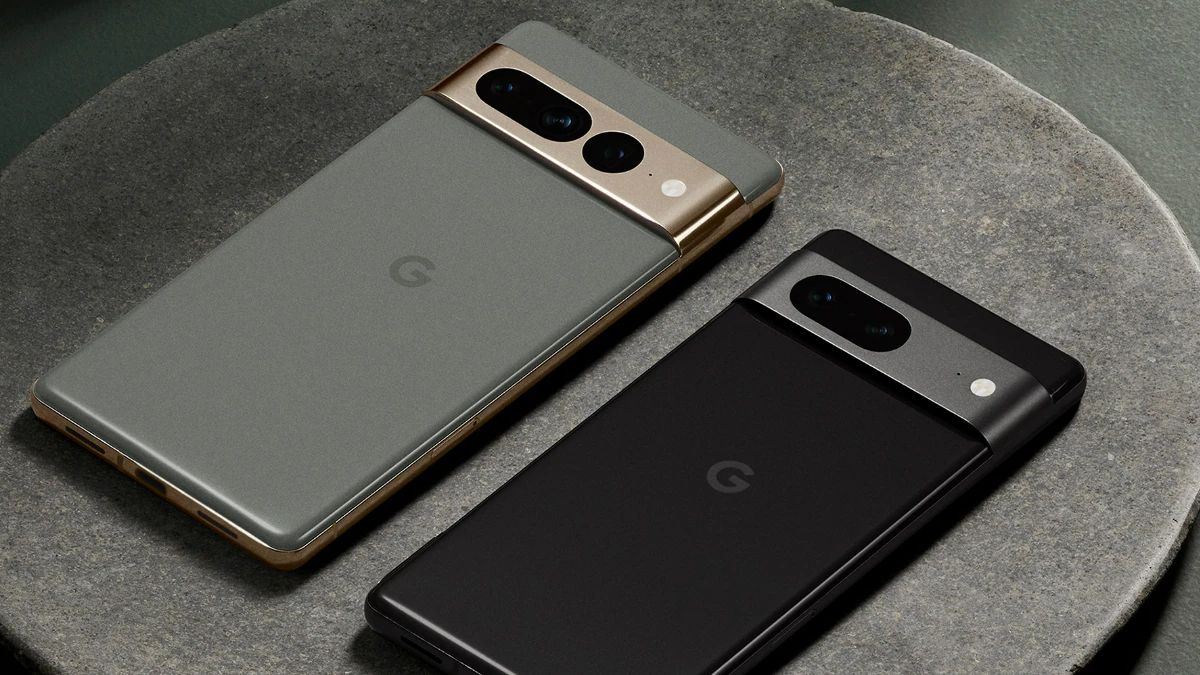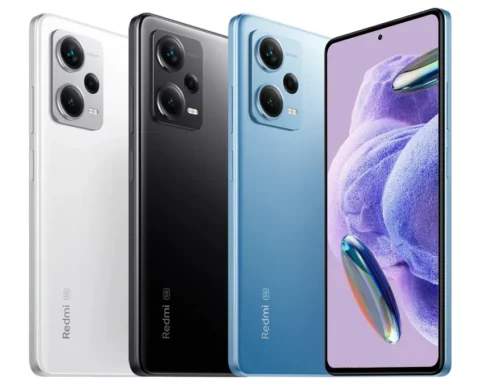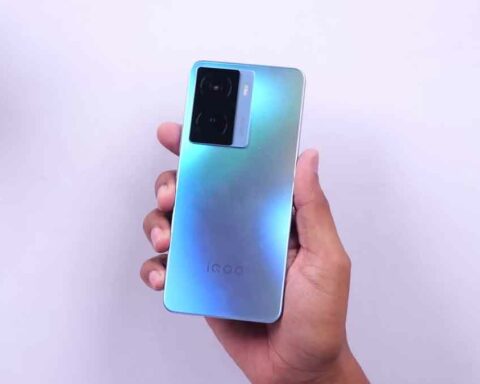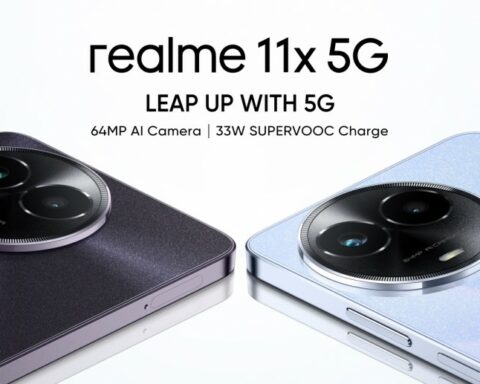As we approach the anticipated October release of the Google Pixel 8 and Pixel 8 Pro, two of this year’s highly awaited Android smartphones, the tech world eagerly awaits official announcements. Surprisingly, Google has kept a tight lid on these devices, refraining from any revelations at the recent Google I/O 2023 event, in stark contrast to their predecessors, the Pixel 7 and Pixel 7 Pro, which received an early introduction last year. Yet, a steady stream of rumors continues to shed light on the impending Pixel 8 series.
The Pixel 7 and Pixel 7 Pro demonstrated Google’s knack for providing well-rounded, affordable devices that outmaneuvered competitors. With these models reigning supreme in the smartphone realm, enthusiasts now eagerly anticipate the future of the Pixel series, always hungry for innovation. While specific details on the Pixel 8 remain somewhat scarce, key insights into Google’s forthcoming flagship devices have emerged, providing tantalizing glimpses into what lies ahead.
Intriguingly, this year’s phones bear the codenames “Husky” and “Shiba.” Leaked display specifications hint that “Husky” may designate the Pixel 8 Pro, sporting an impressive 2822x1344p resolution. In contrast, the more diminutive Pixel 8, aptly dubbed “Shiba,” features a 2268x1080p resolution. These adjustments signal subtle yet appreciable improvements in Google’s design direction.
The Pixel 8’s physical dimensions also shift slightly, boasting a trimmer form factor compared to its predecessor. Its measurements, at 150.5 x 70.8 x 8.9mm, or 12mm with the camera array included, mark a departure from the Pixel 7’s footprint, which measured 155.6 x 73.2 x 8.7 mm. The screen, spanning 6.17″, hovers close to the size of Samsung’s more petite Galaxy S23, indicative of a calculated approach to device ergonomics.
A noticeable design alteration lies in the corners of the Pixel 8’s display, embracing more rounded edges akin to Samsung’s Galaxy S23+. A rumor supporting this design evolution suggests Google is doubling the radius of its curves, potentially enhancing visual aesthetics. Additionally, both the Pixel 8 and Pixel 8 Pro are anticipated to receive brightness upgrades, reaching up to 1,400 nits and 1,600 nits, respectively, when viewing HDR content. Meanwhile, the Pixel 8 aims to differentiate itself with a 120Hz display, distinguishing it from the Pixel 7a’s 90Hz panel.
With a flat 6.7″ display on the Pro model, Google maintains consistency across its device lineup, a welcomed decision by many. The overall design, while not groundbreaking, shows refinement and thoughtful alignment, aligning the Pixel 8 with its Pro variant and ensuring a sense of aesthetic harmony.
The anticipation extends to the Pixel 8’s internal capabilities. Early indicators point to the third-generation Google Tensor G3 chipset, codenamed “Zuma.” It is rumored to draw inspiration from the unreleased Samsung Exynos 2300 processor, utilizing the 3nm node technology. This transition could potentially yield efficiency improvements and overall performance gains over the existing 5nm Google Tensor G2. The Pro model is expected to pair this chipset with a substantial 12GB of RAM.
In terms of storage options, the smaller Pixel 8 is expected to offer 128 or 256GB, while the Pixel 8 Pro will cater to users with options ranging from 128GB to 512GB. These storage configurations, though respectable, fall short when compared to recent Samsung offerings. For example, the Galaxy Z Flip 5 boasts a base storage tier of 256GB, and flagship Samsung models flaunt up to 1TB of storage, highlighting an area where Google has yet to catch up.
As we eagerly await further details and the eventual release of the Pixel 8 and Pixel 8 Pro, it remains to be seen if Google will refine its design, enhance user experiences, and address areas of competitive disparity. Regardless, the tech world’s anticipation underscores the Pixel series’ significant role in shaping the Android smartphone landscape.






